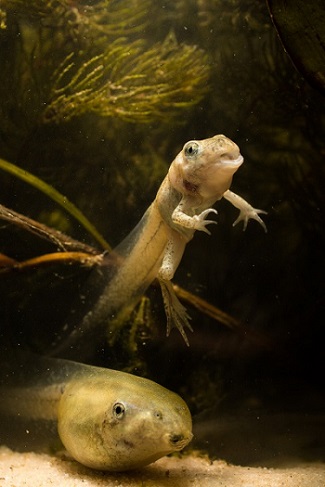
Welcome
Welcome to the official website of the Doñana Biological Station (EBD-CSIC)...

The Doñana Biological Station: EBD-CSIC
The Doñana Biological Station is a public Research Institute belonging to the Spanish Council for Scientific Research CSIC in the area of Natural Resources...

Mission
Our fundamental mission is to carry out multidisciplinary research of the highest standard directed to understanding the way in which biodiversity is generated, maintained and deteriorates, as well as the consequences of its loss...

Our methods
We apply many techniques within a multidisciplinary framework, from molecular genetics to remote sensing, and from modelling to physiological and isotopic analyses...

Monitoring the environment
Monitoring biodiversity at the Doñana Natural Space cover a wide range of communities, including both terrestrial and aquatic organisms...

Aims
Our aims include the study of the ecological and evolutionary processes by combining field work, mathematical and statistical models and physiological and genetic analysis...
 Outstanding
Outstanding
-
 Researchers sequenced the genome of the Western Spadefoot toad, a key species to study how organisms respond to global change
Researchers sequenced the genome of the Western Spadefoot toad, a key species to study how organisms respond to global change -
 The ability of organisms to respond to environmental changes could incur physiological costs
The ability of organisms to respond to environmental changes could incur physiological costs -
 Cross-species transcriptomics uncovers genes underlying genetic accommodation of developmental plasticity in spadefoot toads
Cross-species transcriptomics uncovers genes underlying genetic accommodation of developmental plasticity in spadefoot toads
 News
News
Content with tag pelobates cultripes .
 Researchers sequenced the genome of the Western Spadefoot toad, a key species to study how organisms respond to global change
Researchers sequenced the genome of the Western Spadefoot toad, a key species to study how organisms respond to global change
This work was led by the Doñana Biological Station – CSIC with the collaboration of the Centro Nacional de Análisis Genómico (CNAG-CRG) and the Barcelona Supercomputing Centre (BSC-CNS)
 The ability of organisms to respond to environmental changes could incur physiological costs
The ability of organisms to respond to environmental changes could incur physiological costs
Higher levels of oxidative stress may translate into deteriorated body condition, reduced fertility, and shorter lifespan, which could explain why the response of organisms to global change is limited.



